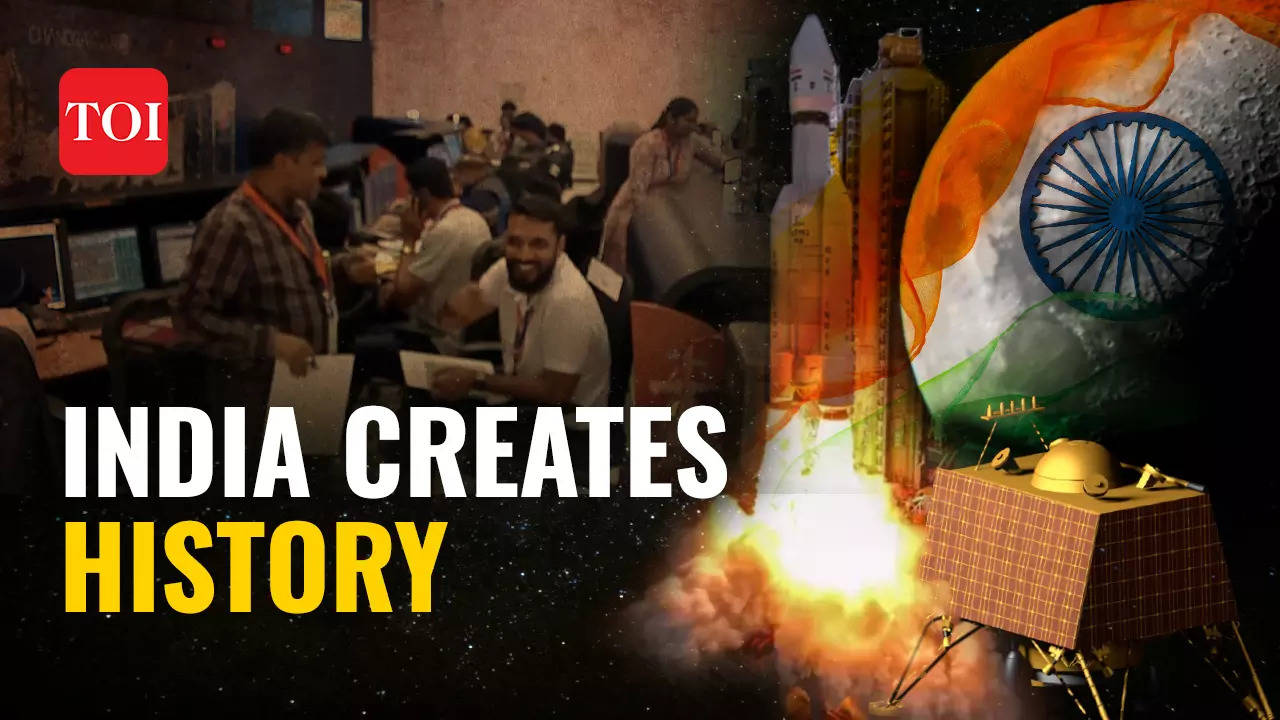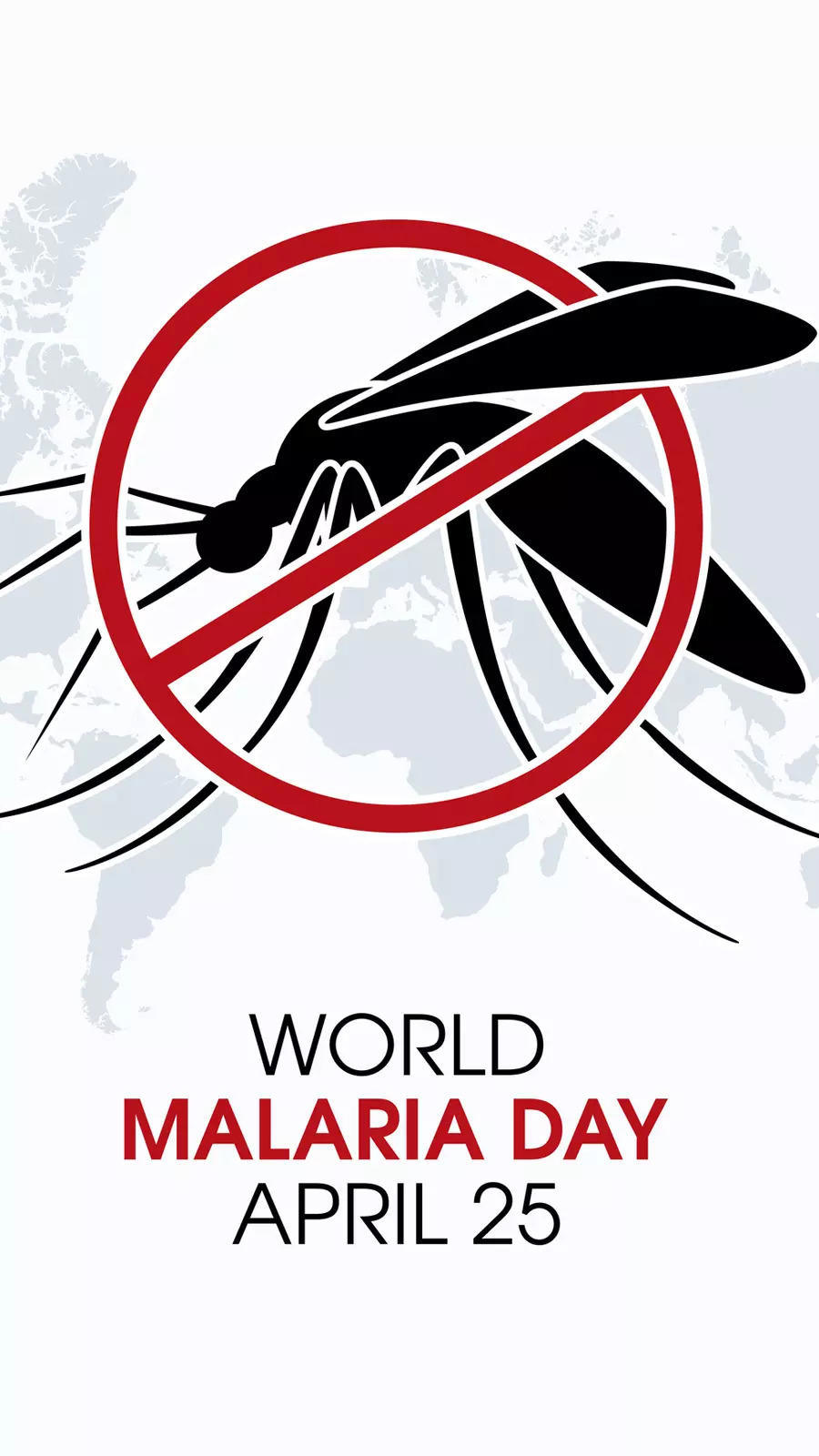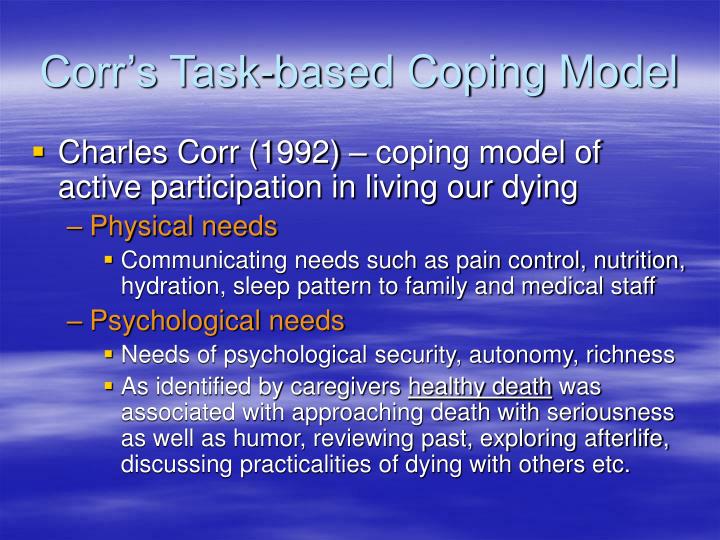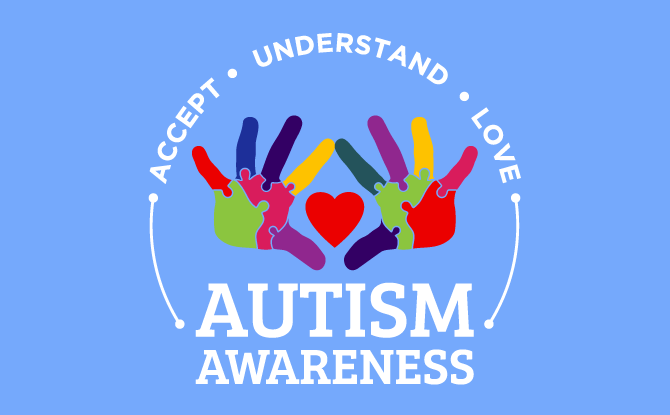

India's space program, ISRO, achieved a historic milestone by successfully docking two satellites in space, demonstrating their ability to undertake complex missions like building a permanent space station or landing humans on the Moon. With this successful docking, India becomes the fourth country in the world to achieve this feat, after the US, Russia, and China. This delicate manoeuvre requires precise and coordinated movements as even the smallest error could result in the destruction of the satellites. Prime Minister Narendra Modi congratulated ISRO and the entire space community for this achievement.
ISRO's Historic Satellite Docking: A Triumph for Indian Space Ambitions
The Indian Space Research Organisation (ISRO) has made history by successfully docking two satellites in space, showcasing its advanced technological capabilities and positioning India as a leading player in the global space race.
Background:
ISRO was established in 1962 with the vision of harnessing space technology for national development. Over the years, it has achieved remarkable milestones, including the launch of the indigenous Polar Satellite Launch Vehicle (PSLV), the Chandrayaan missions to the Moon, and the recent successful launch of the Mars Orbiter Mission (MOM).
The Docking Mission:
The latest achievement involved the docking of two Satellites, EOS-03 and GSAT-6A, in Earth's lower orbit. The maneuver required precise calculations and coordination to avoid any collisions. The satellites were brought to within 3.5 kilometers of each other before the docking process began.
Using a rigid body docking mechanism, the two satellites were joined together, creating a combined platform that can perform various functions. This successful docking demonstrates India's ability to undertake complex space missions, including building a permanent space station or sending humans to the Moon.
Significance:
With this achievement, India becomes the fourth country in the world to master the technology of satellite docking, after the US, Russia, and China. It is a testament to ISRO's technological prowess and sets the stage for India to become a major player in the global space economy.
Moreover, the docking mission is a crucial step towards ISRO's ambitious future plans, including the Gaganyaan human spaceflight program and the establishment of a space station.
Top 5 FAQs:
1. What are the benefits of satellite docking?
2. How difficult is satellite docking?
3. What are the future goals of ISRO?
4. What was the Chandrayaan mission?
5. What is the significance of MOM?

With World Malaria Day approaching, it is important to understand the severity of this disease and the steps one can take for a speedy recovery. This year's theme, "Malaria Ends With Us: Reinvest, Reimagine, Reignite," aims to re-energize efforts towards eliminating malaria. From getting enough rest to staying hydrated and following proper nutrition, these tips can help in the treatment of malaria. Adhering to prescribed medication and seeking follow-ups with healthcare providers are also crucial for a full recovery.

A diverse group of individuals, including a genius with the world's highest IQ, a psychic with a museum in Tel Aviv, a skeptic Italian physicist, a researcher of the transition between life and death, and a biologist and writer, share their unique perspectives on the enduring mystery of what happens after we die. While some believe in an afterlife and the possibility of reuniting with loved ones in a different dimension, others dismiss such notions as fear-driven or scientifically implausible. Despite the conflicting viewpoints, the curiosity and debate surrounding this timeless topic continue.

As the world celebrates Earth Day, environmentalists are emphasising the need to shift towards renewable energy, particularly solar energy, to combat the ongoing climate crisis. With the theme 'Our Power, Our Planet', the focus is on raising awareness about the adoption of natural resources. Renewable energy is crucial for safeguarding natural resources and local communities, and experts are calling for the rapid transition to clean, sustainable sources like solar and biomass. The state of Telangana has abundant sunlight making solar energy a viable option, and it is essential for the government to introduce innovative initiatives to promote its adoption across all sectors. By embracing renewable energy, we can contribute to a greener tomorrow for our planet.

Professor Ning Zeng of the University of Maryland came up with the idea of burying dead trees instead of burning them to prevent carbon emissions into the atmosphere. Inspired by the durability of ancient wood found in archaeology, Zeng enlisted the help of a farmer in Maryland to bury 100 tons of unused and damaged trees on his property. However, Zeng faces a roadblock from government permits as burying wood is classified as a landfill and requires time-consuming approvals.

Researchers from the University of Helsinki and the Finnish Geospatial Institute have set up a long-term experiment using laser scanning technology to track the growth and phenology of individual trees. The study, the first of its kind, found that species richness, competitive pressure for light, and water availability all play a role in the timing of spring leaf burst and fall leaf senescence. This experiment provides a better understanding of how local factors impact tree growth and phenology, and the results have been published as open data for further research.

At the Beijing International Youth Innovation and Development Forum, experts emphasized the crucial role of young talent in shaping the future of innovation, particularly in rapidly evolving global scientific frontiers. They stressed on the need to trust, guide, and support young innovators in order to strengthen their skills, with Beijing itself fostering an inclusive talent ecosystem. The importance of cross-disciplinary collaboration in addressing global challenges such as climate change and energy security was also highlighted, with emerging technologies like quantum computing and renewable energy being crucial catalysts for progress in this regard.

World Liver Day, observed on April 19, was established in 2010 to raise global awareness about liver health and diseases. With the liver being the second largest organ and playing a crucial role in various bodily functions, the day brings attention to preventive measures and early screening. Additionally, it advocates for eliminating stigma and improving access to treatment for those affected by liver conditions.

On World Health Day, Dr. Swaramya Chandrasekaran, a gynaecologist at Rela Hospital Chennai, reflects on the progress and challenges in maternal and newborn health in India. She highlights the country's commendable decline in neonatal deaths and the success of flagship schemes such as Janani Suraksha Yojana and Janani Shishu Suraksha Karyakram. However, she also acknowledges the need for consistent quality of care, especially in rural areas, and calls for strengthening community awareness, upgrading infrastructure, and supporting maternal mental health. The adoption of global frameworks and the commitment to no mother or child being left behind further emphasize India's efforts towards a resilient future.

Recent events have sparked conversations among leading geophysicists about the risk of earthquakes in Vietnam, despite the country not being situated on major tectonic belts. Although the likelihood of catastrophic earthquakes is low, Vietnam still faces the potential for significant seismic activity, particularly in the northwest region. With the presence of multiple geological fault lines, some capable of producing earthquakes with magnitudes up to seven, experts urge for seismic hazard assessments and preparedness measures to mitigate potential damage.

On April 2, the world recognizes World Autism Awareness Day, bringing attention to the challenges faced by individuals with autism. The term "autism" was first introduced in 1911 and has been further defined and understood since then. As a wide range of developmental disorders, each diagnosis is unique, making it important to understand and support those on the spectrum. This day aims to raise awareness and promote understanding and support for individuals and their families.